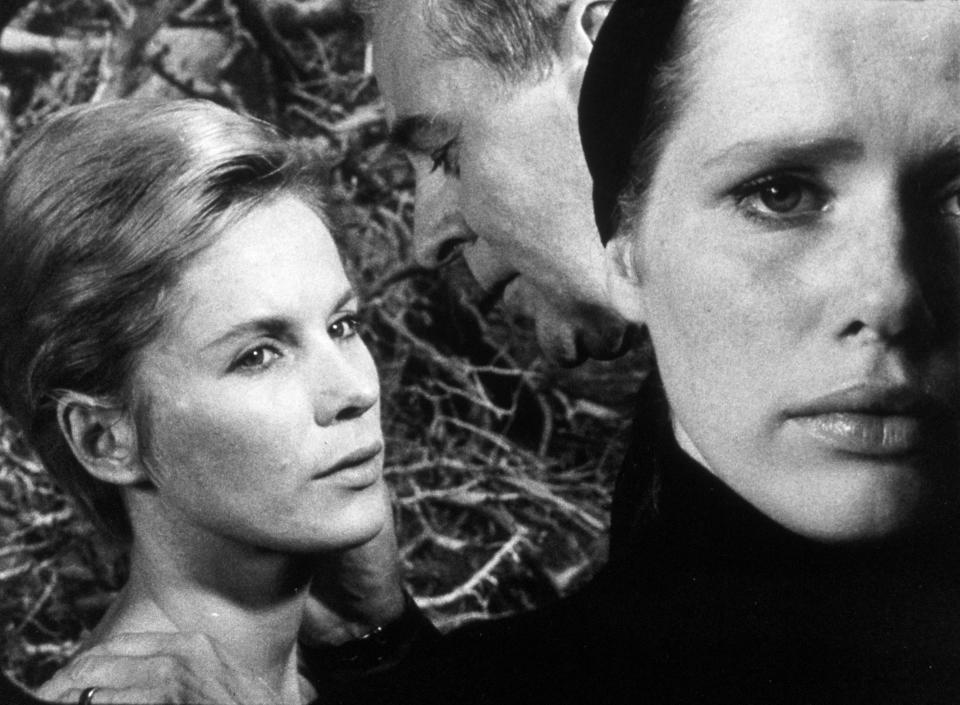How Noah Baumbach Found the Visual Language of ‘Marriage Story’ Through Bergman’s ‘Persona’

Click here to read the full article.
Noah Baumbach knew his tenth feature film, “Marriage Story,” would need a different visual language than his previous work. While writing the script, he envisioned using close-ups in a way he hadn’t before. While previous Baumbach efforts like “Greenberg” and “Frances Ha” have distinct cinematic approaches, the filmmaker has typically filmed his characters in wider shots to capture their surroundings.
“One way to look at it is a character who’s sort of lost in their environment,” Baumbach said. “I always felt it was important to see the world around them. So there aren’t a lot of close-ups in those movies, or when we do you use close-ups it tends to be at a very particular moment.”
More from IndieWire
'Little Women' Is an Oscar Contender, but Where Does That Leave 'Ford v Ferrari' and 'Waves'?
'Ford v Ferrari': James Mangold on How to Avoid the Pitfalls Destroying Franchise Action Films
For “Marriage Story,” Baumbach wanted to focus more directly on the interior lives of stars Scarlett Johansson and Adam Driver, who play a couple going through a painful divorce. Baumbach and cinematographer Robbie Ryan looked at director Ingmar Bergman and his DP Sven Nykvist’s use of portraiture in “Persona,” not only to see how they captured close-ups, but faces in relationship to each other.
“How do two people in a room sit together? That’s already an interesting thing and something Bergman was just so brilliant at,” said Baumbach. “So not only how does the camera shoot them, but also how are the actors in relation to each other? That movie is all about two versions of the same person.”
Baumbach called “Persona” as close to a perfect film as any ever made, but he also admitted their was illusive aspect of the film – never feeling like he completely grasped the film’s mysteries no matter how many times he watched it. Several years ago, Baumbach and his partner Greta Gerwig traveled to the wind-swept island of Faro in the Baltic Sea, where Bergman lived and filmed many of his greatest works, “Persona” included. “Before I had been there, the environment felt mysterious, it felt as mysterious as a lot of that movie does, but suddenly I saw it as a great specific place,” Baumbach said. “Suddenly, I was like, ‘What a great location movie.'”

“Persona”
With “Marriage Story,” location also plays a key role, as the bicoastal divorce finds Nicole (Johansson) settling into her native Los Angeles, while New Yorker Charlie (Driver), finds himself trapped in the extra space. Baumbach, Ryan, and production designer Jade Healy talked extensively during pre-production about how the grandeur of Los Angeles would be present in frame, most of it would be experienced through interiors.
“There’s all this talk of the space in Los Angeles, but we often see it out the window. It’s kind of an illusive, it’s almost like a painting or something,” Baumbach. “And it’s magnificent, you are in these conference rooms or lawyers’ offices and something that on one hand might feel so hermetic, there’s even a sense of menace in those rooms. …Their marriage is being spelled out on the table, but you’re in these rooms that feel like they could almost be in science fiction movies, and yet there’s this promise of landscape outside.”
At the heart of this compositional use of space is the story’s concept of home. The film’s transitional spaces, like the lawyers’ offices and Charlie’s makeshift apartment, have an alien quality that captures the disorienting nature of the divorce process.
“This notion of what home is changes throughout the movie,” said Baumbach. “We have the home that they live in with [their son] Henry in Park Slope, Brooklyn in the beginning of the movie, and then Nicole’s childhood home, where her mom is, and another kind of home, a kind of home of another time. … If you are an adult waking up in your childhood room by your mother it has a different meaning than if you are a child.”
While on IndieWire’s Toolkit podcast, Baumbach talked about designing the film’s climatic 10-minute fight scene, how François Truffaut’s use of score influenced his collaboration with composer Randy Newman, and the unique role his long-time editor Jennifer Lame played in his screenwriting and shooting process.
Subscribe via Apple Podcasts to the Filmmaker Toolkit Podcast
The Filmmaker Toolkit podcast is available on Apple Podcasts, Spotify, Overcast, Stitcher, SoundCloud, and Google Play Music. The music used in this podcast is from the “Marina Abramovic: The Artist is Present” score, courtesy of composer Nathan Halpern.
Best of IndieWire
Golden Globe Predictions 2020: Power Ranking This Year's Most Likely Nominees
Golden Globes 2020 Predictions: Best Supporting Actor in a Series, Limited Series, or TV Movie
Golden Globes 2020 Predictions: Best Supporting Actress in a Series, Limited Series, or TV Movie
Sign up for Indiewire's Newsletter. For the latest news, follow us on Facebook, Twitter, and Instagram.

